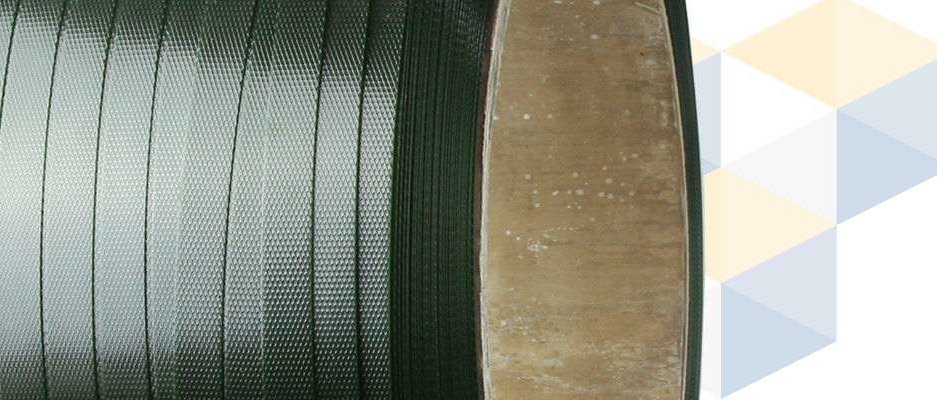
PET strap
PET strap is the best alternative to steel strapping and is especially used for medium-heavy to heavy applications.
When compared with steel strapping, PET strapping has many advantages. For instance, PET strap does not rust, is quicker to process and is inexpensive. This sort of strapping is also suitable for 'active' loads, such as loads that expand or contract during transport due to varying temperatures and moisture content.
PET strap also has advantages over PP strap: PET strap can stretch up to 7% without losing its elasticity, thus preserving strap rigidity. Temperatures of 60°C are not unusual in the transportation industry. This can make PP strap contract or expand and lose its rigidity. PET strap, on the other hand, can withstand temperatures of up to 75°C without losing its characteristics.
The most commonly used widths are 12.5mm and 15.3mm, with thicknesses of 0.54mm and 0.69mm. Both types have a core of 406mm. To connect the PET straps, we have the standard Orga tong in our product range. This tong can tension the seals as well as the strap. PET straps can also be joined together using seals.
PET strap applications include:
• Concrete
• Bricks
• Tiles
• Wood
Advantages and disadvantages of PET strapping are:
• About 40% cheaper than steel strapping.
• Will not rust, unlike steel strapping.
• Great ability to recover from stretching.
• UV resistant.
• Can be used at high temperatures.
• Is made from recycled PET.
• More expensive than PP.
• Not suitable for temperatures above 75°C.
